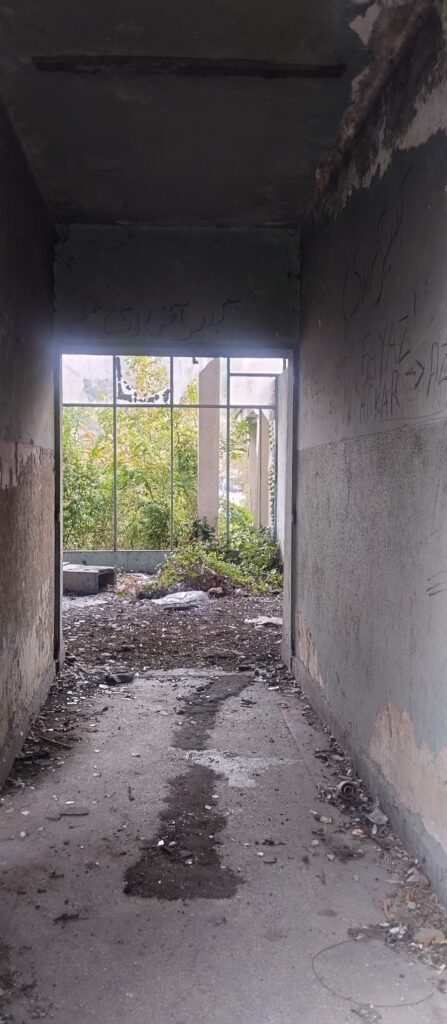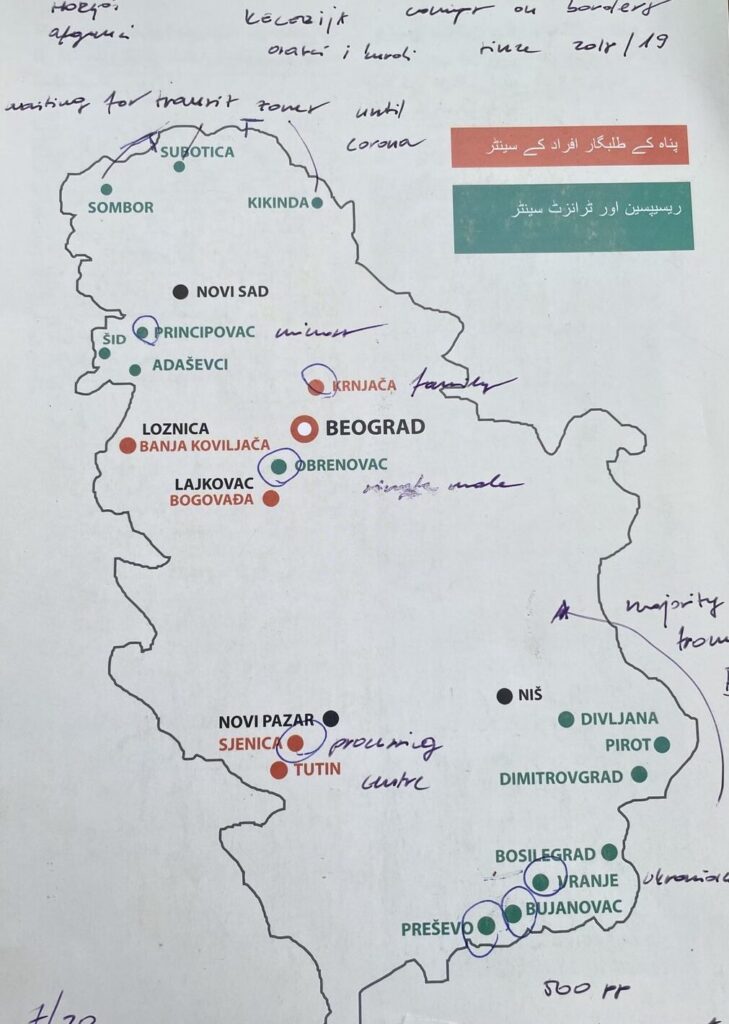The bath city of Banja Kovileca is located next to the river Drine, right on the borders of Serbia and Bosnia Herzegovina. It is a really small city of 5.000 inhabitants. Still, within the last 50 years it is a hub of different migration routes.
At the edge of Banja Koviljača, in 1965, a Reception Center for Foreigners was established by the Federal Secretariat for Internal Affairs of the Socialist Federal Republic of Yugoslavia (SFRY). Initially, it accommodated asylum seekers from Africa and South America, particularly from Chile. In the late 1970s and throughout the 1980s, the Center began housing asylum seekers from Eastern European countries, under the mandate of the UNHCR office in the SFRY.
In 1995, the facility was repurposed as a collective center for refugees from the former Yugoslav Republics, functioning in this capacity until 2005. (For more see https://kirs.gov.rs/eng/asylum/asylum-and-reception-centers)
In 2006, the Government of the Republic of Serbia issued a decree converting the center into an official Asylum Center. That same year, the UNHCR, with funding from the European Union, renovated the facility. It received its first asylum seekers under Serbia’s new Law on Asylum in June 2008. A few months later, the facility was officially handed over to the Commissariat for Refugees.
This Asylum Center remained open and, during the massive arrival after 2015, it accommodated hundreds of refugees. During our visit, however, the center was empty. We were told that, in recent months, no refugees have arrived. The changes in the policies of border management and the stricter controls force people on the move to take different and more dangerous routes.

Yet, at the abandoned train station of Banja Koviljača—an informal, temporary shelter for people on the move—there were traces of those who had spent the night. Locals informed us that migrants often cross the river at night but avoid official camps due to fears of being forcibly transferred back to the South of the country.




In addition to being a waypoint for refugees and migrants, Banja Koviljača has also become a hub for organized labor migration. Hundreds of Chinese workers live in the city and are employed at Minth Automotive in the nearby town of Loznica. Minth was founded in 1992 in Zhejiang Province. The small, traditional kafana where we had dinner was filled with Chinese workers, and the largest, most central spa hotel in the city has even added a Chinese menu to accommodate this growing community.


